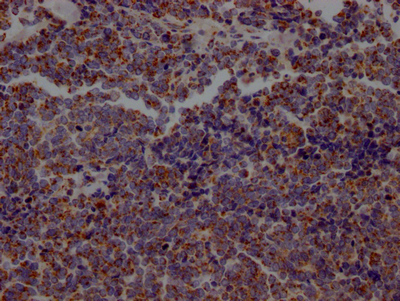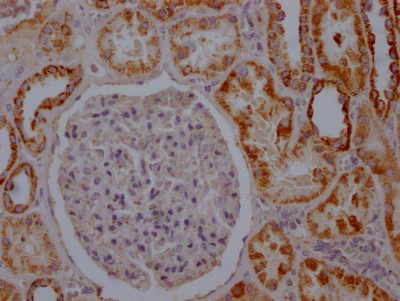The ACO2 recombinant monoclonal antibody is produced in four steps. The ACO2 monoclonal antibody gene is first sequenced and then cloned into a plasmid vector. Secondly, the recombinant vector is introduced into a host cell line. Thirdly, the ACO2 recombinant monoclonal antibody is purified from the cell culture supernatant using affinity chromatography. Finally, the purified antibody is tested and characterized. The ACO2 monoclonal antibody is derived from ACO2 antibody-producing hybridomas, and during production, a synthesized peptide derived from human ACO2 is used as the immunogen. The ACO2 recombinant monoclonal antibody is recommended for use in detecting human ACO2 protein through ELISA and IHC applications.
The ACO2 protein, also known as mitochondrial aconitase, plays a key role in the tricarboxylic acid (TCA) cycle, also known as the Krebs cycle or citric acid cycle. Specifically, ACO2 catalyzes the conversion of citrate to isocitrate, which is a critical step in the cycle that produces energy in the form of ATP. In addition to its role in the TCA cycle, ACO2 also has iron regulatory functions and can function as an RNA-binding protein in the cytoplasm.







